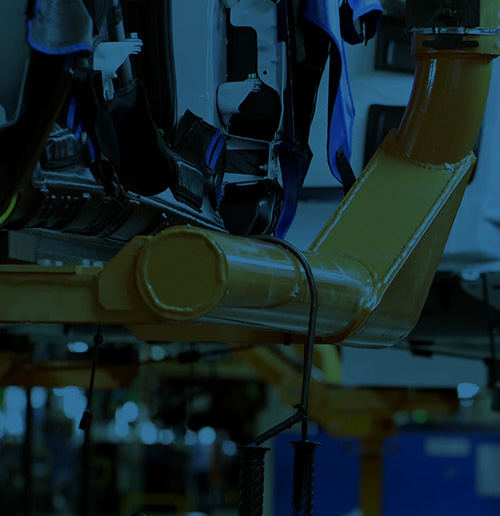


For a production floor to operate at highest efficiency, a nuanced approach towards managing the workload and its sequencing is required. Right line balancing enables workload to remain evenly allocated, the workflow running smoothly and the workforce optimally utilized.
One of the most important Lean principles to eliminate waste, idle people or equipment, Line Balancing™ helps in making sure that there are no bottlenecks or operator frustration. At UMAS, we leverage this tool as a part of our unique holistic LeMW – MOST® approach that combines several scientific methodologies to arrive at the ideal work state.
To establish the groundwork for robust process improvement, UMAS consultants carry out in-depth analysis of the process and its performance using MOST® systems & tools. A value stream mapping of the entire process flow is further carried out to isolate the steps that add value, and those that don’t. These exercises enable a clear understanding of the current state of process as well as the desired state.
Use heuristic rules to balance the multi-operator workload across stages including ranked method. There are a number of logic-based heuristic approaches that can be adopted to create the ideal distribution in work tasks
This module helps for planning resources according to TAKT time/line speed. It calculates station load and line efficiency and is used as an input to plan stations on the assembly line and placement of materials. Furthermore, What-if scenarios for different TAKT times can be run to see the potential impact on overall production effectiveness.This tool calculates station load and line efficiency accordingly.
A man-machine chart graphically represents the relationship between the manual work performed by one or more operators and one or more machines involved in a manufacturing process. It is a diagram which describes the activity of a man and machines he is attending against a time scale. The graphical representation captures different tasks required in a production process like to load, operate and unload machines in conjunction with the auto cycle times of the machines themselves. This process usually involves performing as much manual work as possible internal to the machine cycles. This chart shows very clearly periods of idleness on the part of any of the subjects during the process. A study of the chart often makes it possible to rearrange these activities so that such ineffective time is reduced.
The chart shows the exact time relationship between the working cycle of the person and operating cycle of the machine. This chart can be used to find the number of machines the worker can look after so as to minimize the cost. Analyze the chart with a view to increase utilization.
It is used to determine the highest production level that can be achieved given the resources available. The man machine chart is extremely useful in work involving repetitive operations.
Line Balancing has been successfully leveraged as a part of numerous projects in large and small organizations to create efficient, stable and profitable processes. Our consultants have delivered up to 30 percent improvement in productivity enabling companies to eliminate waste and inefficient steps.

Our experts use data points gathered or arrived at like TAKT time or MOP™ to create the balanced assembly line operation

We use accurate online tools to carry out the balancing using the most appropriate techniques across MOST®, Lean and Six Sigma.

Expert UMAS consultants suggest solutions to redesign the assembly line for best performance by also incorporating inputs from other methodologies.

The outcomes from balancing an assembly line are measurable, allowing you to clearly see the change in productivity.
A workflow that’s just right enhances the productivity of the workforce and the process, reducing idleness or waste of any kind. UMAS can help your organization boost the functioning of your shop floor with the use of Line Balancing, driving smart utilization of your resources and higher profitability.




Use our extensive expertise to get a cost-efficient production design for your plant floor.
Contact Us NowWe are an Industrial Engineering Consulting firm primarily focussed on scientific work measurement technique, providing our clients with problem - solving expertise to address problems of defects, waste and poor efficiencies in operations...
PDMSTM: Process Data Management
MOPTM: Measure Of Performance
PVATM: Process Value Analyzer
LBTM: Line Balancing
TDABCTM: Time-Driven Activity Based Costing
SCMTMSupply Chain Management